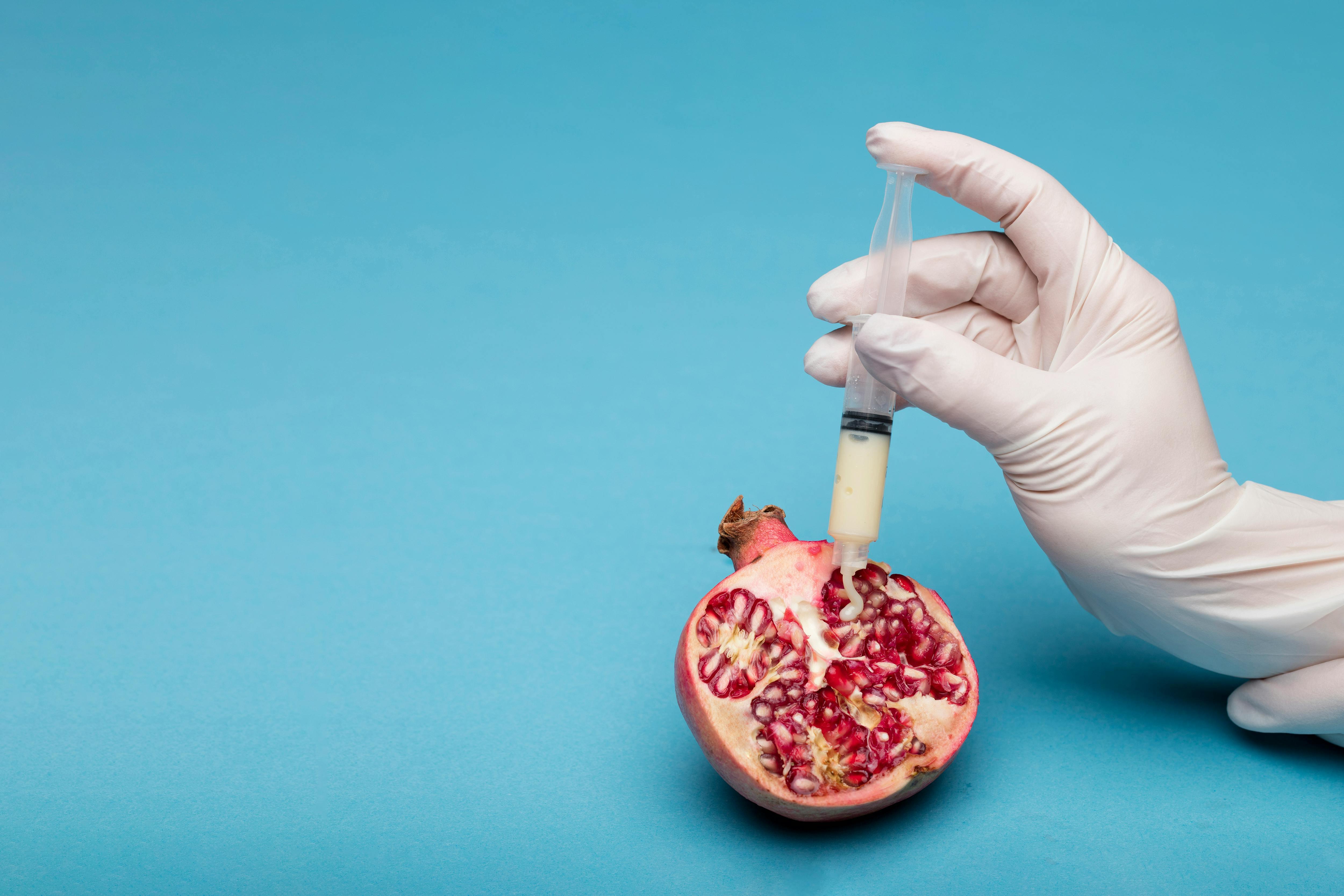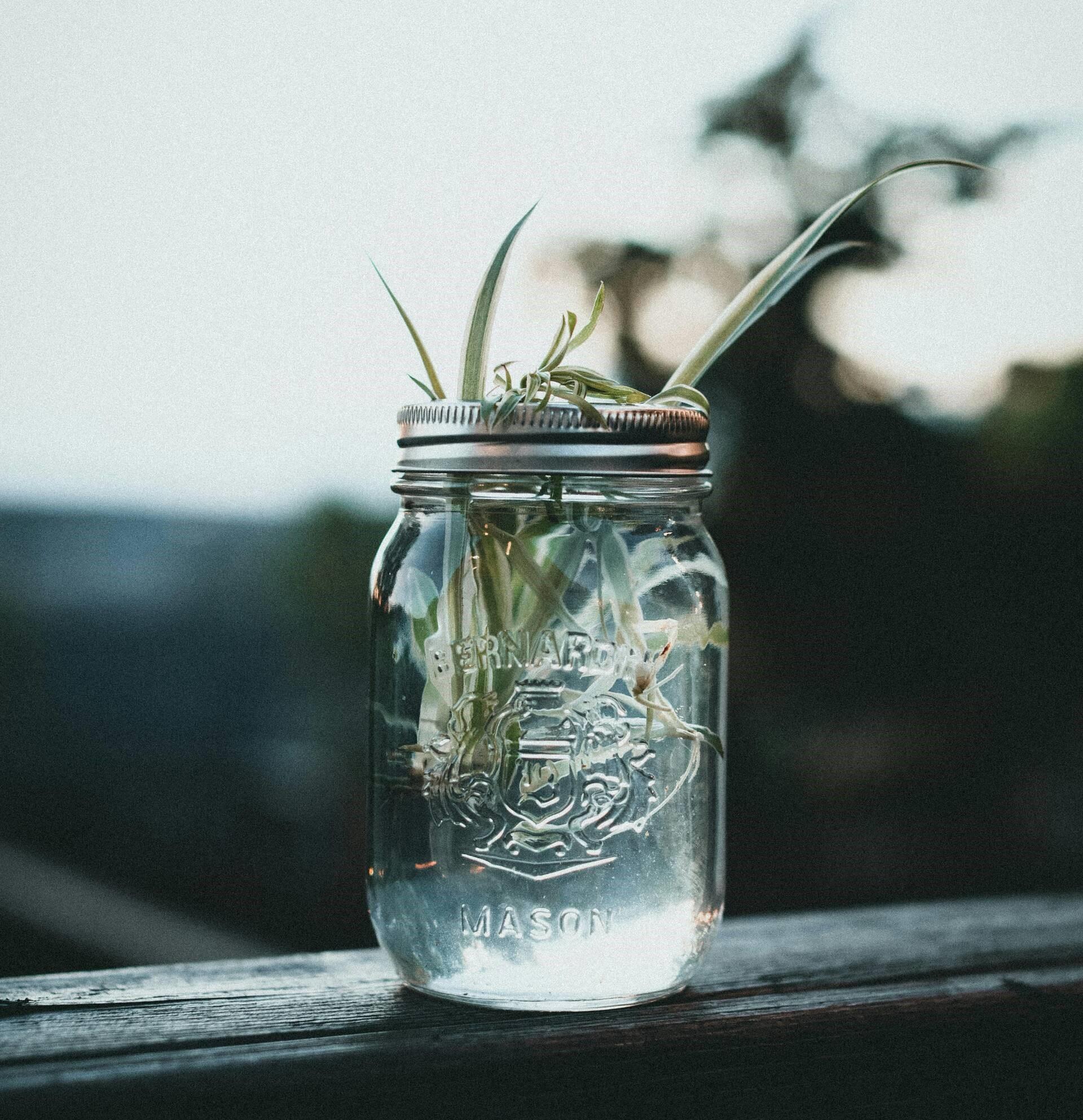10 Easy At-Home Science Experiments to Boost Private Tutoring
Science is one of the most fascinating fields that allows us to understand the world in all its forms and processes. From the microorganisms that populate our environment to the complex interactions within ecosystems, science explains how the natural world works.
Because it is such a broad field with so many concepts, studying it can be complicated, and lessons can become boring or monotonous... When science tutors offer private tutoring, they often come up against the same situation: a lack of motivation from students, and the solution is to make studying something fun.
Private Science Tutoring
If you want to make your private tutoring a memorable experience, we recommend conducting homemade experiments with your students. Not only is an interactive private science tutoring session a great way to learn these concepts, but it also encourages curiosity and critical thinking. If you want to offer a science tutoring session and make it special, in this blog, we’ll discover ten educational science experiments that you can carry out using simple and accessible materials.
10 Easy Science Experiments You Can Try At Home
Extraction of DNA from a fruit
It is advisable to accompany the students during this experiment. All you need are strawberries or bananas, salt, liquid soap, warm water, coffee filters, and cold ethanol. First, mash the fruit in a bowl of warm water, then add a teaspoon of salt and some liquid soap to break down the cell membranes and filter the mixture into another container using a coffee filter. Finally, slowly add cold ethanol to the filtrate, and the students will see white strands forming: that's DNA!

Culture of microorganisms
Get gelatine powder, beef stock powder, sugar, hot water, and containers. Mix the hot water with the gelatine, stock, and sugar until everything is dissolved. Pour the mixture into the containers and leave it to cool overnight in the fridge. Then use swabs to take samples from various surfaces and spread them over the gelatine. Seal the containers and observe the growth of the microorganisms after a few days.
Fermentation with yeast
For this experiment, you will need yeast packets, sugar (you can use sugary drinks), small containers or test tubes, and balloons. Mix warm water with sugar and add the yeast. Pour the mixture into a container and cover it with a balloon. While the yeast ferments the sugar, the balloon inflates due to the carbon dioxide produced.
Germinating seeds
You need seeds (e.g., beans or lentils), cotton wool or absorbent paper, and water. Moisten the cotton wool or paper and place it on a plate. Spread the seeds on it and keep the cotton wool moist for several days. Observe how the seeds germinate and start to grow.
Effect of salt water on plants
Get two pots with soil, seeds (e.g., beans), and salt water. Sow the seeds in both pots; water one with normal water and the other with salt water (dissolve a tablespoon of salt in the water). Observe for several weeks how the salt affects the growth of the plants.
Soil pH test
You will need soil samples from different locations, vinegar, and baking powder. Place the soil samples in separate containers. Add vinegar to one sample; if it bubbles, it is alkaline. Then add baking soda to another sample; if it bubbles, it is acidic. This way you can determine the pH value of the soil.
Observation of mould growth
Get some old bread or fruit and plastic bags. Place the bread or fruit in a closed plastic bag and leave it in a warm, dark place. After a few days, observe how the mould grows on the food.
Mini ecosystem in a preserving jar
You will need a large jar or transparent bottle, soil, small plants or seeds, and water. Fill the jar with soil and plant the seeds or small plants. Water lightly and close the jar to create a closed environment. Observe how this mini-ecosystem develops over time.

Light and plant growth
Plant a seed (e.g., beans) in a pot and allow it to grow in direct light. Then cover the top of the seedling with aluminium foil to block the light. Observe how the seedling stretches towards the light without the ‘hat’ to show how plants react to light.
Scattering seeds in water
Collect different seeds and a container of water. Place different seeds in water for several days to observe which germinate and which do not, and to test their ability to survive underwater.
These simple but educational experiments are ideal for exploring basic scientific concepts at home while learning about important natural processes in a fun way. It is advisable for private science tutors to always accompany the students during these experiments, as you will need to explain the logic behind each step as the experiment progresses. In this way, the student can understand what we are doing and internalise the explanations and content of the topic.


